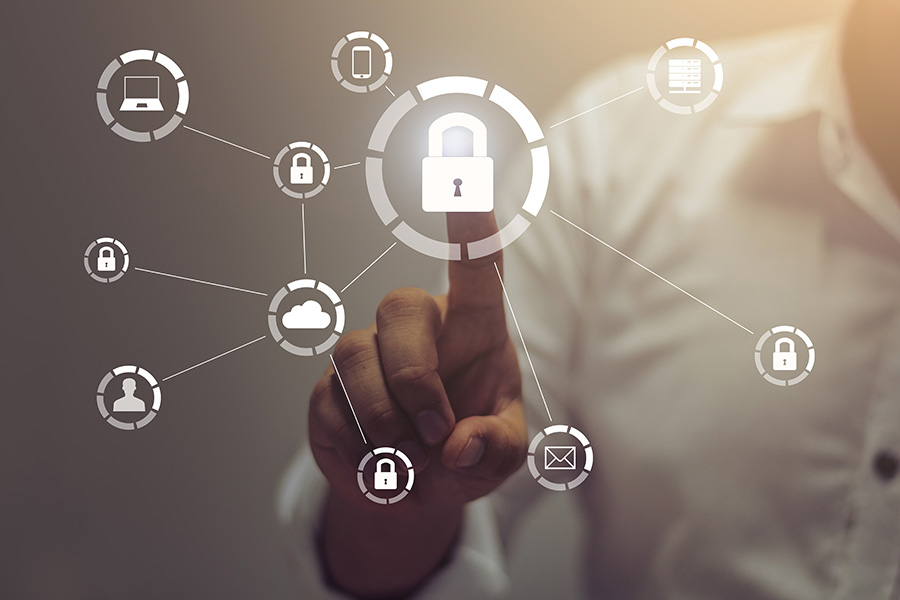For On-Premise or Cloud-Based Resources
Enhance Security and User Experience with Passwordless SSO Logins. Username and password logins are not a secure option for individuals and organizations alike as data breaches and malicious attacks get more and more sophisticated.
Even the strongest passwords fail to reassure the most risk-averse users. If you’re this kind of user, you need not worry anymore about dealing with headaches regarding staff productivity, data security, and user experience.
Security and User Experience with single-sign on
Adapt a streamlined login system with the single sign-on access-control property of identity and access management. As an exercise in convenience, it is intended to be time-saving and easy to use by enabling employees to own a single set of login credentials to get in to the SSO portal in order to access their work resources—via a cloud app, a mobile app, or another service—without having to log in to individual accounts.
This is made possible because SSO shares centralized authentication servers used by all other applications and systems for authentication purposes, in combination with techniques that ensure that users do not have to actively enter their credentials more than once.
Single sign-on requires the internal storage of the credentials used for initial authentication and translates them into the credentials required for different mechanisms, since different applications and resources support different authentication mechanisms.
Secure your data with passwordless authentication
Without the password as part of the authentication process, employee productivity will no longer be compromised by forgotten passwords that require a reset, and IT staff will no longer be burdened by requests for password resets, which can cost as much as $70 per employee.
Passwordless authentication can be implemented using these two methods:
Two-factor authentication (2FA).
This is recommended for admin-level staff for extra protection since access to their login credentials can allow hackers to access an organizations more sensitive data, operations, and assets. Though a password may still be used as one of the two authentication factors, you can nevertheless opt not to use it.
Multifactor authentication (MFA).
Organizations now have the option to implement up to four-factor authentication, neither of which involves passwords. This method utilizes such technologies as PINs, keys, tokens, and biometrics (fingerprint, palm veins, face recognition, voice recognition, DNA, palm print, hand geometry, iris recognition, retina, and odor/scent).
Across platforms, passwordless authentication is enabled by new standards like Web Authentication API (WebAuthN) and Fast Identity Online (FIDO2), which are designed to replace passwords with biometrics and devices already being used within organizations, which include security keys, smartphones, fingerprint scanners, or webcams.
Get secure and streamlined access to on-premise and cloud-based resources
Passwordless SSO login makes it difficult for hackers to get to your data, regardless of where they are stored. It also mitigates risk in accessing third-party sites, where user passwords are not stored or managed externally.
Conversely, it makes it easier for your staff to perform their tasks:
- It alleviates password fatigue caused by the need to manage a huge number of username and password combinations.
- It reduces the amount time spent having to type in passwords for the same identity or for different accounts.
- It eases the burden on your IT department who would otherwise have to respond to numerous IT help desk calls for password resets.
TraitWare offers enterprise-level solutions that can be customized and integrated with your system (SAML, OIDC, SSH/SFTP, OAuth, or OpenVPN/RADIUS). Be empowered by our admin control panel, which allows you to control who, where, when, and what users can access.
